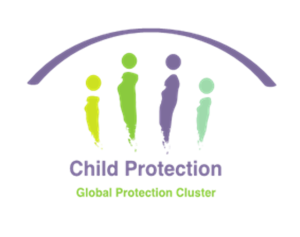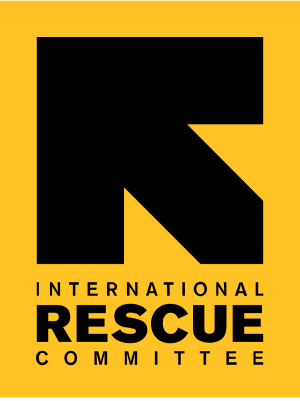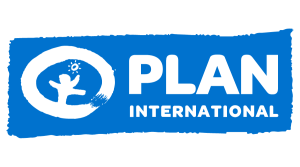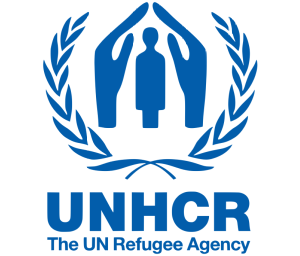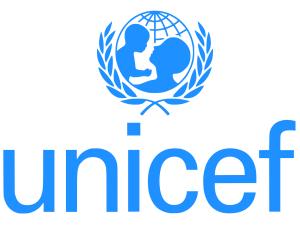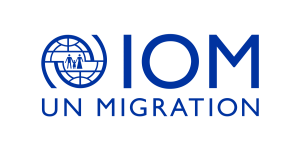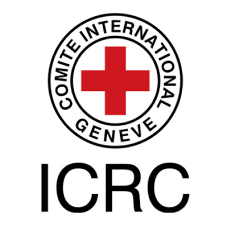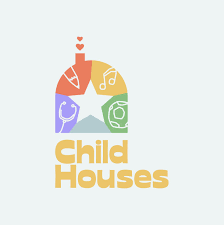
Está dirigido por: International Rescue Committee y Save the ChildRE
Ponte en contacto con nosotros: uasc.tf@alliancecpha.org
Acerca del grupo operativo sobre niños y niñas que han sido separados y no están acompañados
Nuestra misión
Elevar la protección de niños y niñas que han sido separados o no están acompañados en situaciones de conflicto y catástrofes naturales a través del fortalecimiento y armonía en la gestión de casos de niños y niñas que han sido separados o no vienen acompañados. El grupo operativo UASC (siglas en inglés) ofrece materiales y asistencia técnica para orientar la dirección de pólizas y programación que trabajan con casos de separación de familias.
Prioridades principales del grupo operativo UASC (siglas en inglés)
- Garantizar que las normativas técnicas y las herramientas que se apliquen en las intervenciones para niños y niñas UASC reflejen la información más actualizada y comprobada que se haya recibido de todos los operadores incluyendo los de otras disciplinas y los socios locales.
- Aumentar la habilidad de los operadores en todos los niveles y contextos, en particular la de los operadores locales para que tengan acceso a herramientas técnicas y a información que existe sobre niños y niñas UASC en contextos humanitarios.
- Facilitar la coordinación, participación y contribución de todos los miembros del grupo operativo UASC además de la colaboración con otros grupos e instituciones internos y externos a la Alianza.
- Responder a tiempo a todas las preguntas y cuestiones que estén dirigidas al grupo operativo UASC.
Task Force Member Organisations
Key Tools
The Unaccompanied and Separated Children Task Force - Offer of Support
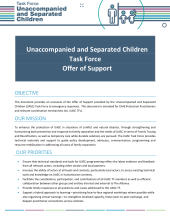
This Offer of Support outlines how the Unaccompanied and Separated (UASC) Children Task Force provides technical materials and support to guide policy development, advocacy, communication, programming, and resource mobilisation in addressing all cases of family separation.
It highlights the UASC Task Fore's mission, priorities, and the practical support available to practitioners—including key
Toolkit on Unaccompanied and Separated Children (UASC)

The Unaccompanied and Separated Children (UASC) Toolkit is a product of the Inter-agency Working Group on Unaccompanied and Separated Children (IAWG UASC). It was produced in conjunction with the Unaccompanied and Separated Children (UASC) Field Handbook, 2016.
In 2004, the Inter-agency Guiding Principles on Unaccompanied and Separated Children established the, at-the-time unique, core principles
Field Handbook on Unaccompanied and Separated Children (UASC)

The Unaccompanied and Separated Children (UASC) Field Handbook is a product of the Inter-agency Working Group on Unaccompanied and Separated Children (IAWG UASC). It was produced in conjunction with the Unaccompanied and Separated Children Toolkit, 2017.
In 2004, the Inter-agency Guiding Principles on Unaccompanied and Separated Children established the, at-the-time unique, core principles for
Alternative Care in Emergencies Toolkit (2013)

The Alternative Care in Emergencies (ACE) Toolkit is designed to facilitate interagency planning and implementation of alternative care and related services for children separated from or unable to live with their families during and after an emergency. There is no single type of care placement that will meet the needs of all children. Each emergency will have its own set of protection risks
Resources
Key Considerations | Family Tracing and Reunification (FTR) for Unaccompanied and Separated Children (UASC) in relation to the COVID-19 pandemic, and other potential infectious disease outbreaks

Measuring Separation in Emergencies: Community-based monitoring in rural Adwa, Tigray, Ethiopia
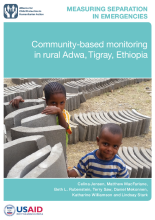
Measuring Separation in Emergencies: Haiti following Hurricane Matthew

CPMS Video Series: Standard 13, Unaccompanied and separated children


